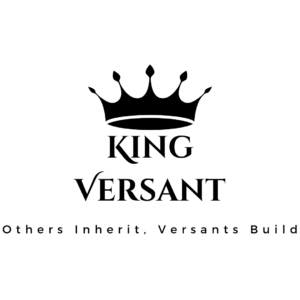Summary of White House Briefing on Restoring Section 232 Tariffs
Key Points:
- President Donald J. Trump has reinstated a 25% tariff on steel and increased the aluminum tariff to 25%, eliminating exemptions and loopholes.
- Countries previously exempted (e.g., Canada, Mexico, EU, Japan, etc.) will no longer be excluded, as exemptions were exploited by China and others.
- The decision is based on Section 232 of the Trade Expansion Act of 1962, which allows import adjustments to protect national security.
- The administration argues that these tariffs will support U.S. steel and aluminum industries, preventing unfair competition and job losses.
- Previous tariffs (2018-2020) were cited as having successfully boosted U.S. steel capacity utilization to 80%, though post-COVID declines were noted.
- The policy aims to strengthen U.S. manufacturing, create jobs, and reduce reliance on foreign metals.
- Economic studies cited claim tariffs benefit the U.S. economy, increase domestic production, and have minimal inflationary effects.
Pros & Cons (U.S. Perspective)
Pros:
✅ Boosts Domestic Industry – Protects and supports U.S. steel and aluminum manufacturers.
✅ Job Growth – Expected to create jobs in the metals sector.
✅ National Security – Reduces reliance on foreign steel, ensuring availability for defense and infrastructure.
✅ Economic Growth – Some studies suggest tariffs lead to reshoring and investment in U.S. manufacturing.
✅ Eliminates Loopholes – Prevents trade partners from undermining U.S. industry via exemptions.
Cons:
❌ Higher Costs for U.S. Businesses – Companies relying on steel and aluminum (e.g., auto, construction) may face increased costs.
❌ Retaliation from Trade Partners – Countries affected by tariffs may impose their own countermeasures, harming U.S. exports.
❌ Potential Price Increases – While studies argue minimal inflation impact, higher production costs could lead to some consumer price hikes.
❌ Strained Trade Relations – Key allies like Canada, the EU, and Mexico may challenge the policy.
❌ Uncertainty for Global Supply Chains – Businesses that depend on international steel could face disruptions.
Pros & Cons (Global Perspective)
Pros:
✅ Stronger U.S. Steel Industry – Could lead to a more stable supply chain for companies that rely on U.S. steel.
✅ Encourages Domestic Production in Other Nations – Some countries may boost their own industries in response.
✅ Trade Diversification – Nations may seek alternative trade routes and markets for steel and aluminum.
Cons:
❌ Economic Fallout for Exempted Countries – Major steel-producing nations (Canada, Mexico, EU, etc.) will suffer losses from U.S. market restrictions.
❌ Increased Global Trade Tensions – Higher tariffs could lead to retaliatory tariffs and disrupt global trade.
❌ Potential Price Increases Worldwide – Countries that depend on U.S. exports or global metal markets could see rising costs.
❌ Shifts in Supply Chains – Companies may struggle to adapt to the new rules, potentially causing delays and inefficiencies.
Factual Narrative:
President Trump’s decision to reinstate and expand Section 232 tariffs on steel and aluminum is aimed at revitalizing the domestic metals industry and addressing unfair trade practices. The White House argues that previous exemptions allowed foreign competitors—particularly China—to undermine U.S. production, leading to declining industry utilization rates.
The policy is expected to bolster American manufacturing, create jobs, and protect national security, but it also comes with risks. Higher production costs could impact businesses relying on steel and aluminum, and trade partners may retaliate with countermeasures that affect U.S. exports.
Economic analyses are mixed, with some studies supporting the claim that tariffs boost domestic industry with minimal inflation, while critics warn about rising costs and strained trade relations. The global impact will likely include trade disruptions, shifts in supply chains, and possible retaliatory actions from key trading partners.
